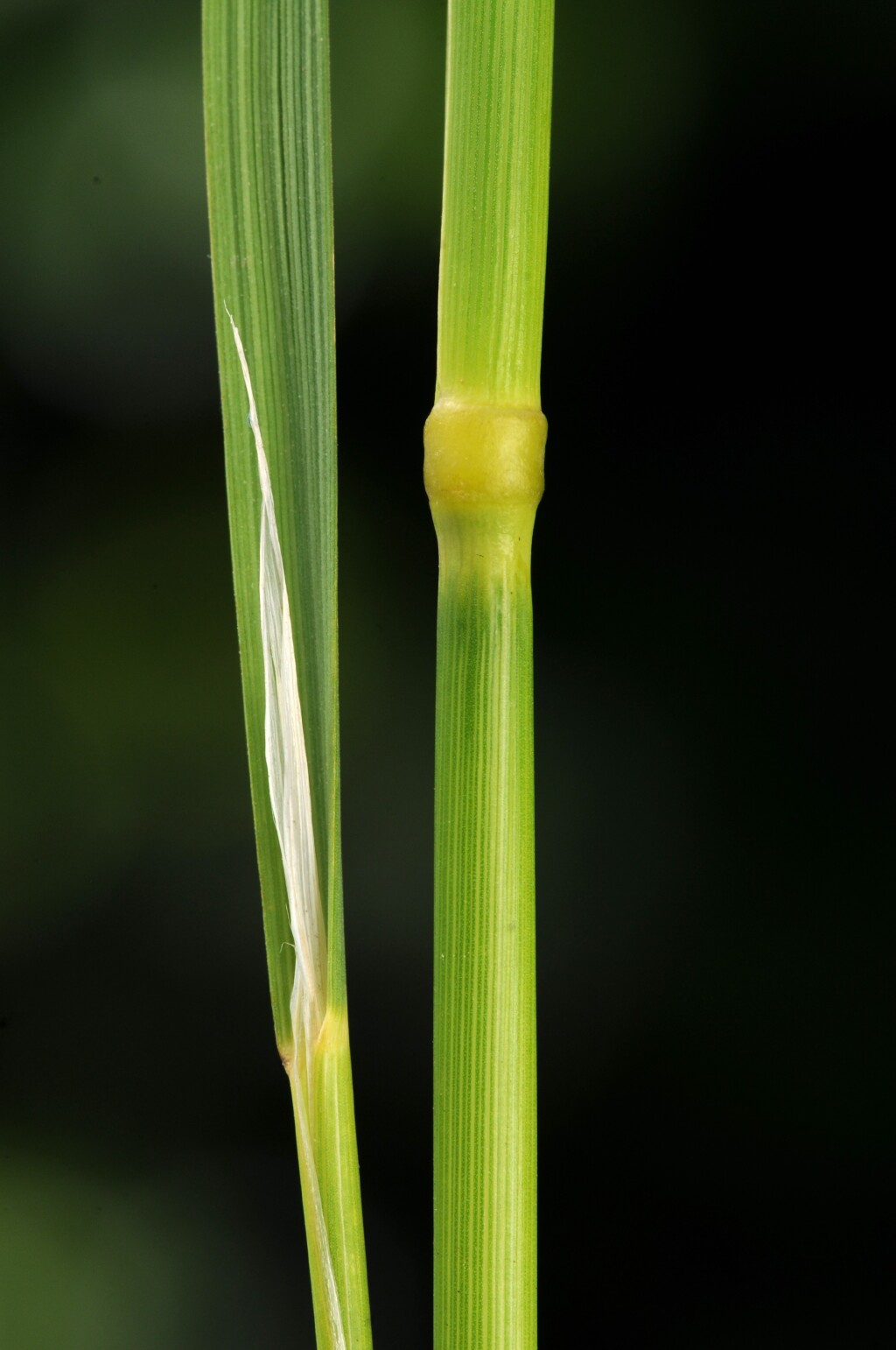Amphibromus neesii
Steud. Swamp Wallaby-grassTufted, sometimes shortly rhizomatous perennial; culms to 1.5 m high. Leaves smooth to scabrous; blade inrolled or flat, to 40 cm long, 2–4 mm wide; ligule acute, 4.5–8 mm long. Inflorescence a slender, rather sparse, erect panicle, 15–40 cm long. Spikelets 2–6-flowered, 8–17 mm long (excluding awns); glumes obtuse to acute, often purplish, the lower 3–5-nerved, 4–6.5 mm long, the upper 5–7-nerved, 5–7.5 mm long; lemma (4.5–)5–8.5 mm long, finely scabrous, apical teeth 1–2 mm long, the outer pair commonly reduced or absent; awn 14–26 mm long, inserted within the upper third of the lemma, column strongly twisting, 4–7 mm long; palea slightly shorter than lemma. Flowers Oct.–Apr.
LoM, Wim, GleP, VVP, VRiv, RobP, MuF, GipP, OtP, WaP, Gold, CVU, GGr, DunT, NIS, EGL, EGU, HSF, HNF, Strz, MonT, VAlp. Also NSW, Tas. Occurs in and near lowland swamps mostly in the southern part of the state (SA border to Orbost district) with scattered localities inland (e.g. Halls Gap, Benambra).
Walsh, N.G. (1994). Poaceae. In: Walsh, N.G.; Entwisle, T.J., Flora of Victoria Vol. 2, Ferns and Allied Plants, Conifers and Monocotyledons, pp. 356–627. Inkata Press, Melbourne.
 Spinning
Spinning


